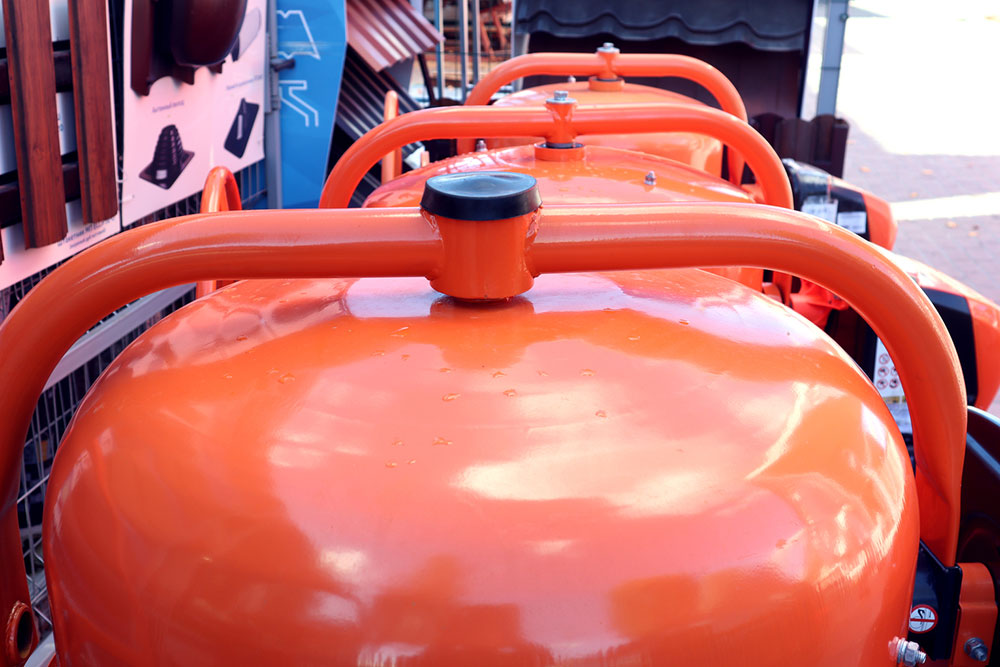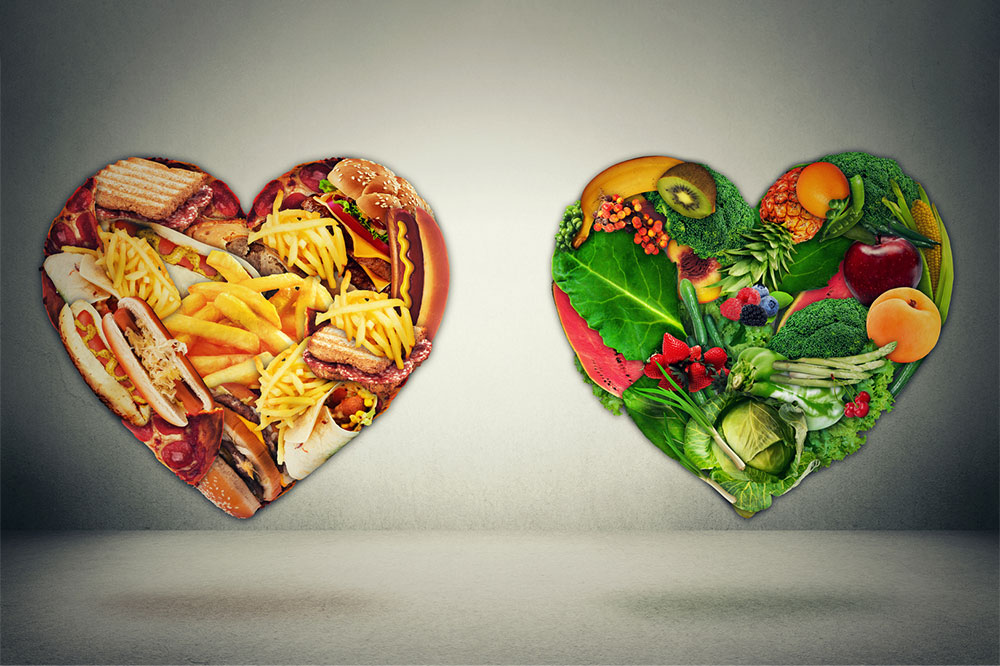11 types of industrial mixers and their uses

Almost every industry uses mixers to grind materials and achieve homogeneous mixtures or product consistency. Usually, these mixers are categorized based on what material they mix (such as solids, liquids, or gasses), the type of force they employ (rotation, pressure, or gravity), and their core functions. Mixers and mixing equipment are vital components of many manufacturing processes. Here are the eleven most popular types of mixers and their core uses.
Liquefier
A liquefier mixer brings solid and semi-solid ingredients to a liquid consistency. It is mainly used in the food industry for making sauces, ice cream, candies, dressings, and other food products. The mixer helps liquify flours, starches, emulsifiers, frozen products, etc. A liquefier is used when the products must be made in large quantities. It takes minutes to transform the matter, which is why it is so popular.
Disperser
A disperser is another industrial food mixer that helps break down powdered solids like flour and give it a lump-free batter-like or liquid consistency.
Homogenizer
This is another popular industrial food-mixing equipment. A homogenizer uses high-pressure mechanical force to push mixtures through a tight space and create a fine consistency. However, the machine is not built to mix highly coarse components. Food ingredients sometimes separate after being mixed, but a homogenizer binds these ingredients tightly to avoid separation at any cost. Industries may use this equipment to homogenize milk.
High-intensity mixer
A high-intensity industrial food mixer is more like a jack-of-all-trades. It can blend solids into smaller bits, knead dough, grind powders finely, and even delicately mix foamy ingredients. Since it has adjustable speeds, the machine provides total control while blending.
Clamp-on mixer
It is a type of portable mixer equipment one can attach to a container and blend the ingredients in it. A clamp-on mixer eliminates the need to transfer food items to any designated mixer station. One can use them for various industrial-grade mixing needs.
Top-entry mixer
These are also food mixers used in large-scale industrial operations. Top-entry mixers are highly customizable and can be placed in a tank or a chamber to mix food items. They also accommodate different mixing needs, from emulsifying and blending to dissolving ingredients.
Side-entry mixer
As the name suggests, these mixers are installed on the side of a container. They are used to blend ingredients without letting air into the mixture and risk agitating it. Side-entry mixers are mainly for liquids like oils.
Paddle mixers
These machines introduce air into the mixture and boost particle movement with gentle mixing. They are used for mixing different mineral powders or even chemical additives. Paddle mixers can also help create semi-solid food items like salsa or salad dressings.
Tumbler mixer
This mixer comes in different shapes and sizes, like double-cone, slant, or v-shaped, and is usually used to mix liquids.
Drum mixers
These versatile mixers have large tanks or drums that can accommodate various ingredients. They are commonly used to make products like slurries and cement.
Ribbon mixers
Ribbon mixers are mainly used for fragile ingredients in food or animal nutrition industries, like dry food powders, dry juice mixes, and protein powders. They can also make fertilizers, insecticides, resins, or polymers.







